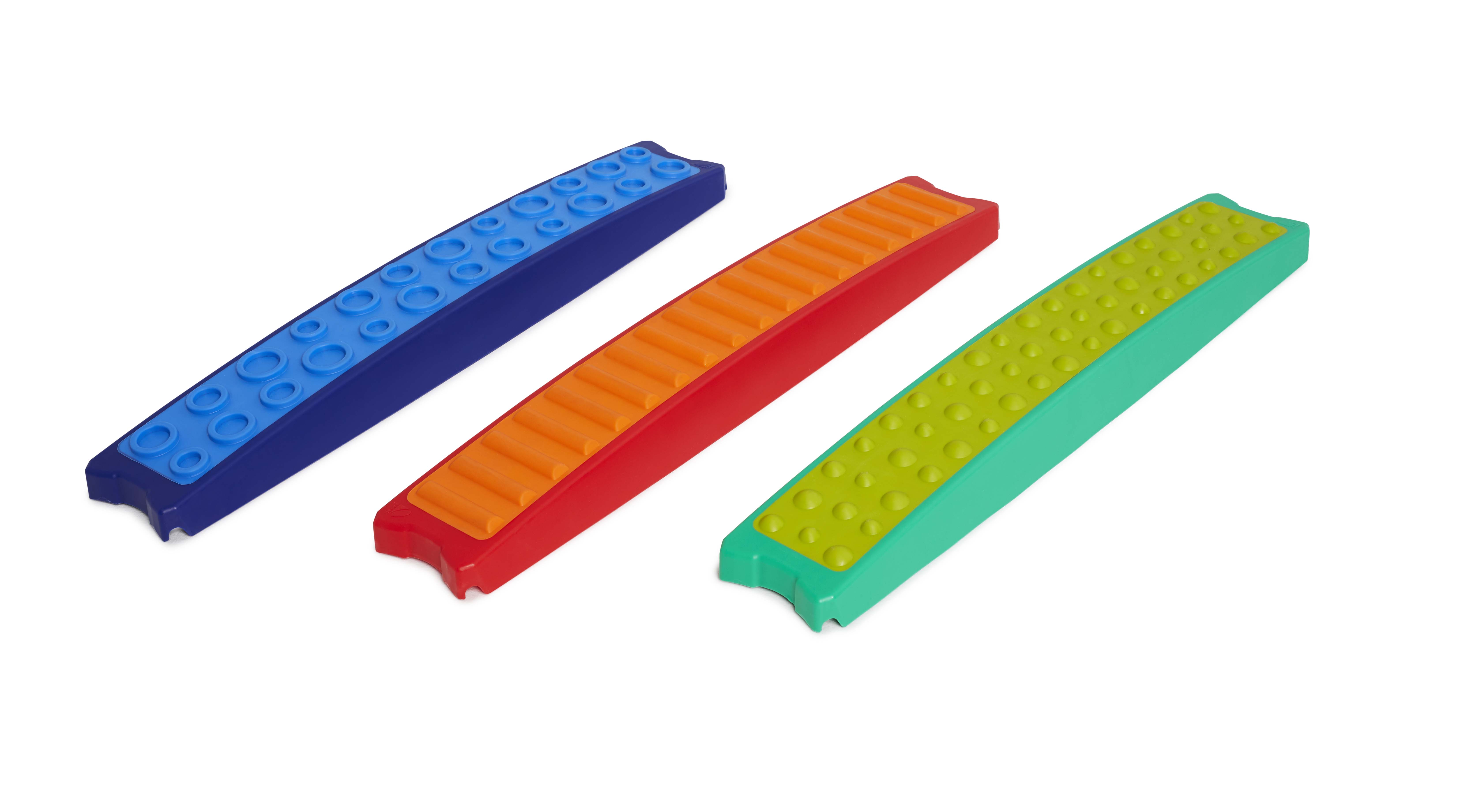
Tactile hypersensitivity is stressful for some children and can provoke tantrums and meltdowns. The clothing and socks that invariably irritate sensitive skin often transform cosy morning rituals into chaos and stress for the entire family.
At my clinic, I meet many families whose children find clothing and especially socks so irritating that positive starts to the day are few and far between. In extreme cases, hypersensitivity to clothing produces endless arguments, stress and even truancy or absenteeism from both job and institution.
One way to resolve the problem is to work selectively with the child’s tactile responses. Some exercises encourage the child to consciously register touch on their skin. Other exercises expose the child to an experience of controlling the extent to which the child pays attention to tactile stimulation.
To this end, you ask the child to walk barefoot in sand, grass, gravel or on wood, iron or plastic. You caress the child with brushes, a cuddly teddy, warm fingers, your nails or the back of your hand. The stimulation must have a fixed point, and the child must know how and when stimulation will end.







